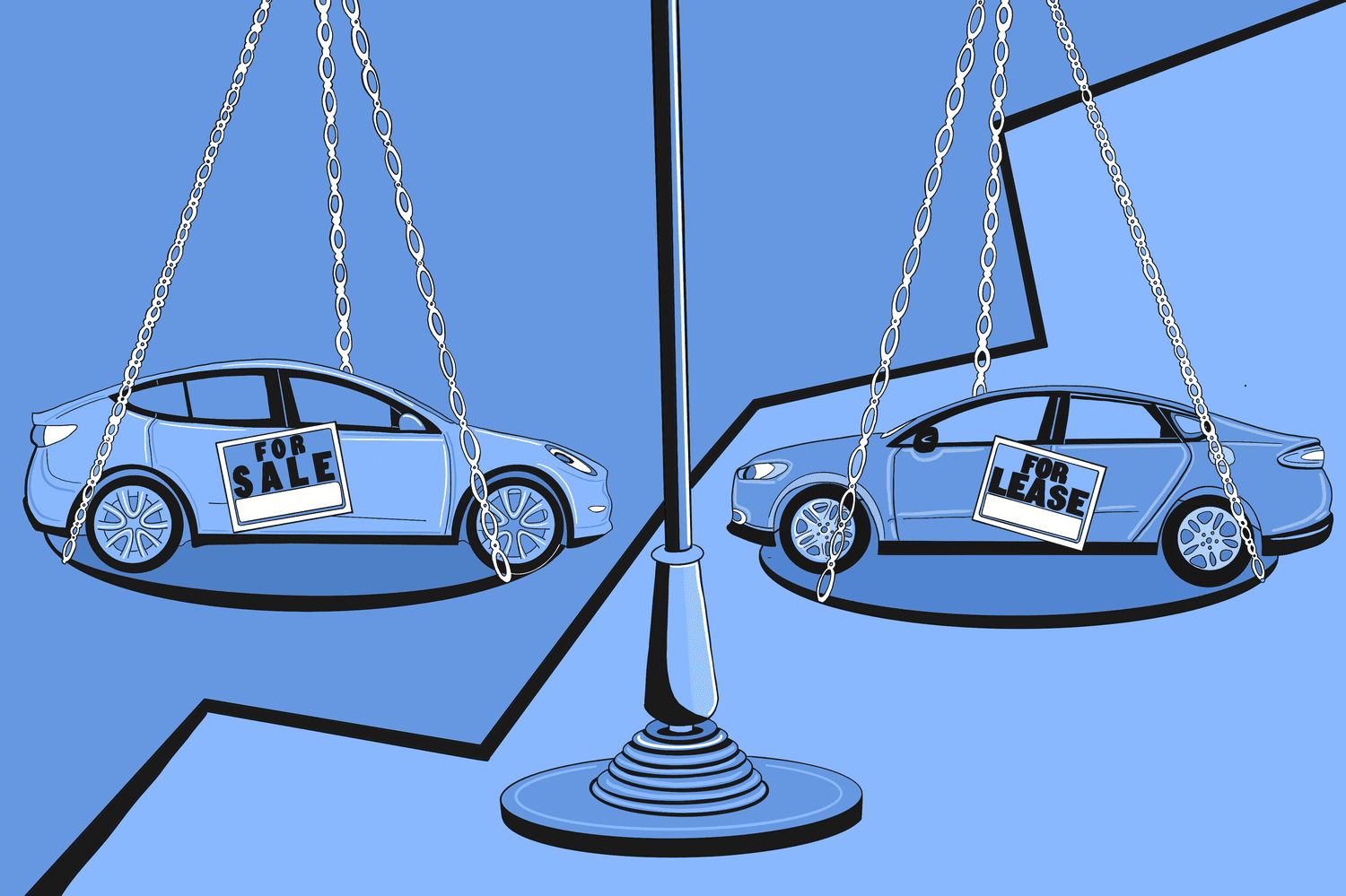Choosing the right way to pay for your next vehicle is a big decision. Leasing and financing are two common options, each with its advantages and drawbacks. Your financial situation, driving habits, and long-term goals will play a crucial role in determining which option suits you best. In this guide, we’ll break down the differences between leasing and financing to help you make an informed choice.
1. Understanding Car Leasing
Leasing a car is similar to renting. You make monthly payments to use the car for a specific period, typically two to four years. At the end of the lease term, you return the vehicle or have the option to buy it.
Pros of Leasing:
- Lower monthly payments compared to financing
- Ability to drive a new car every few years
- Warranty coverage often lasts for the entire lease term, reducing repair costs
- No concerns about the car’s resale value
Cons of Leasing:
- You don’t own the car, so you build no equity
- Mileage restrictions (typically 10,000-15,000 miles per year)
- Fees for excessive wear and tear
- Lease termination fees if you end the lease early
If you enjoy driving a new car every few years and prefer lower monthly payments, leasing might be the right choice for you. To explore leasing options, contact Falcon Leasing for expert guidance on finding the best lease deals.
2. Understanding Car Financing (Buying with a Loan)

When you finance a car, you take out a loan to purchase the vehicle outright. You make monthly payments until the loan is fully repaid, at which point you own the car.
Pros of Financing:
- You own the car and build equity
- No mileage restrictions
- Freedom to customize or modify the vehicle
- No penalties for wear and tear
Cons of Financing:
- Higher monthly payments compared to leasing
- Responsible for all maintenance and repairs after the warranty expires
- Depreciation may lower the car’s resale value
Financing is ideal for those who plan to keep their car for many years and want the freedom of ownership.
3. Key Factors to Consider When Choosing
Before deciding between leasing and financing, consider the following:
- Budget & Monthly Payments: Leasing usually has lower monthly payments, while financing results in higher payments but long-term savings.
- Driving Habits: If you drive long distances, leasing may not be ideal due to mileage limits.
- Ownership Preference: Leasing doesn’t provide ownership, whereas financing allows you to build equity.
- Maintenance & Repairs: Leased vehicles often remain under warranty, but financed cars require full maintenance responsibility after the warranty period.
- Credit Score & Interest Rates: A strong credit score can lead to better lease terms or lower financing rates.
4. When Leasing Might Be the Best Option

Leasing is a great choice if:
- You want a new car every few years
- Do you prefer lower monthly payments
- You drive within the mileage limits
- You don’t want to worry about long-term depreciation
5. When Financing Might Be the Best Option
Financing is a better fit if:
- Do you plan to keep the car long-term
- You drive a lot and don’t want mileage restrictions
- You want to build equity in your vehicle
- You prefer the freedom to customize your car
For those considering financing, you can visit website of Birchwood Credit to explore auto loan options and find the best rates available.
6. Making the Final Decision
To make the best choice between leasing and financing:
- Compare the pros and cons based on your needs
- Assess your financial situation and long-term plans
- Use online calculators to estimate monthly payments for both options
- Consult with an expert to explore the best deals
Conclusion
Both leasing and financing have their benefits, but the right choice depends on your financial goals and lifestyle. Leasing offers lower monthly payments and the joy of driving a new car frequently, while financing provides long-term ownership and freedom. Take the time to evaluate your options carefully to ensure you make a smart decision that suits your needs.


